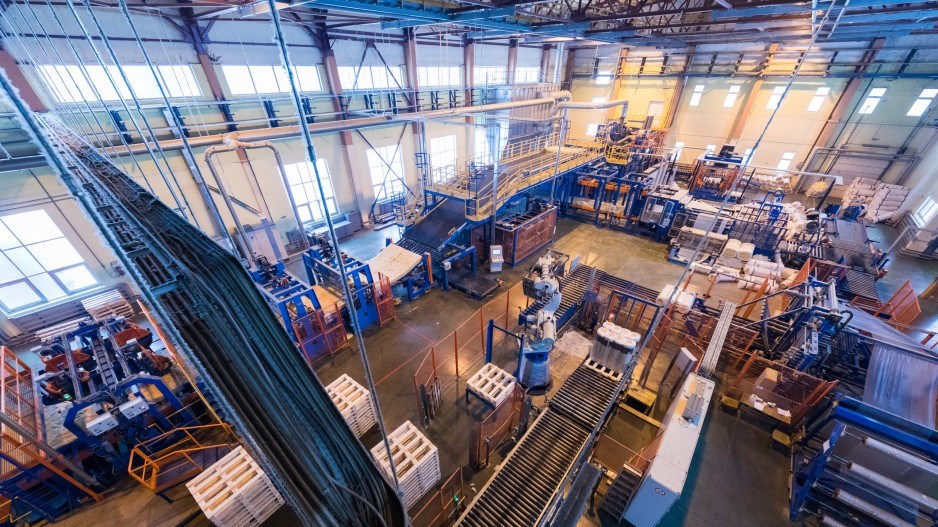A shortage of space in Metro Vancouver, especially large-bay space, remains the top issue for the industrial real estate market going into 2023, according to a market report from Colliers.
“We've got an extremely scarce supply of suitable development land for industrial and you've got an absolutely constrained supply of options for tenants to move into,” said Susan Thompson, associate director of research with Colliers.
As of 2022's fourth quarter, Metro Vancouver’s overall industrial vacancy rate was 0.2 per cent and is expected to remain below one per cent throughout 2023, said Thompson.
A balanced market typically sits at roughly three to five per cent, meaning that Metro Vancouver would have to add six million square feet of vacancy from new, unleased or existing spaces to return to balanced market conditions, according to the report.
“We're just nowhere close to that. You're gonna continue to see groups expand into areas where there's more land available and then we've also seen groups move province to province,” said Ryan Kerr, principal at Avison Young Commercial Real Estate
Kerr said that he doesn’t foresee Metro Vancouver shifting into a healthy industrial market in the near future.
This industrial land squeeze has also resulted in higher lease rates: An 18.7 per cent year-over-year increase in asking net rents, now $21.20 per square foot. According to Thompson, Metro Vancouver is the first market in Canada to break through the $20-per-square-foot average asking rent threshold for industrial.
“There’s starting to be questions around how high can it go? Because until vacancy starts to come up, and there's no sign of that anytime quickly, the rents are going to continue to rise,” she said.
Despite 1.1 million square feet of new supply hitting the market in the final quarter of 2022, almost all of the space (928,265 square feet) was pre-leased before the buildings were completed, according to the Colliers report. Now, the report notes that the majority of new space being added is catering toward the demand for large-bay space.
Large-bay leases are “few and far between,” said the report. While the overall amount of leasable space increased in the fourth quarter of last year, with 648,431 square feet of available space introduced to the market, options remain limited. Half of the added space for lease was for space that were 5,000 square feet or smaller.
As of Q4 2022, there was 6.3 million square feet of industrial space under construction. The largest development in the region is a Beedie Group project in Burnaby: a 1.2-million-square-foot project set to complete in the third quarter of 2023
To overcome the land squeeze, Kerr said that Metro Vancouver will continue to see investment into stacked industrial development.
“There's been a progression in how developers approach stacked projects, in that they are being more thoughtful of how an occupier may use it, which is great to see,” he said.
According to Lee & Associates Vancouver, the multi-level industrial project trend first started with Oxford’s Riverbend Industrial Park in Burnaby, which is currently occupied by Amazon.
The expectation is that more developers will use these stacked projects in the coming years to overcome the lack of available land, according to an industrial market report by Lee & Associates.




